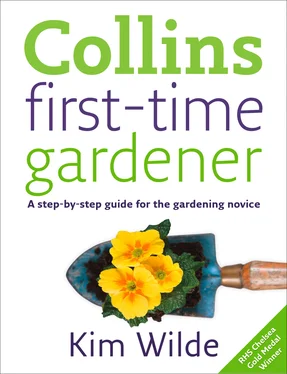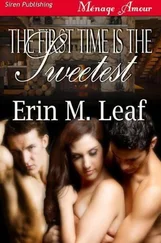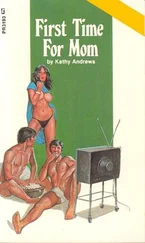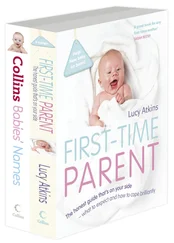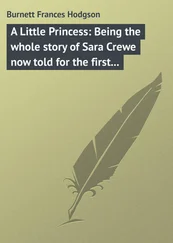• If you need a lot of soil to increase ground levels in a garden area, an average quality of soil will be okay. You can then incorporate organic matter into the top layer to improve the quality further.
• If you just need a small amount of topsoil for a planting layer over existing poorer soil, it’s really best to buy a more expensive ‘screened’ grade of soil. Screened soil has been sieved to remove stones and also any rubbish and most weeds.
It is also worth contacting your local council as many of them now operate a composting scheme where garden waste, cardboard and other biodegradable materials are collected from designated household bins and are composted on a massive scale. The resulting compost produced from these recycled materials makes an excellent soil conditioner and can save the need for buying large quantities of topsoil – and help the environment at the same time.
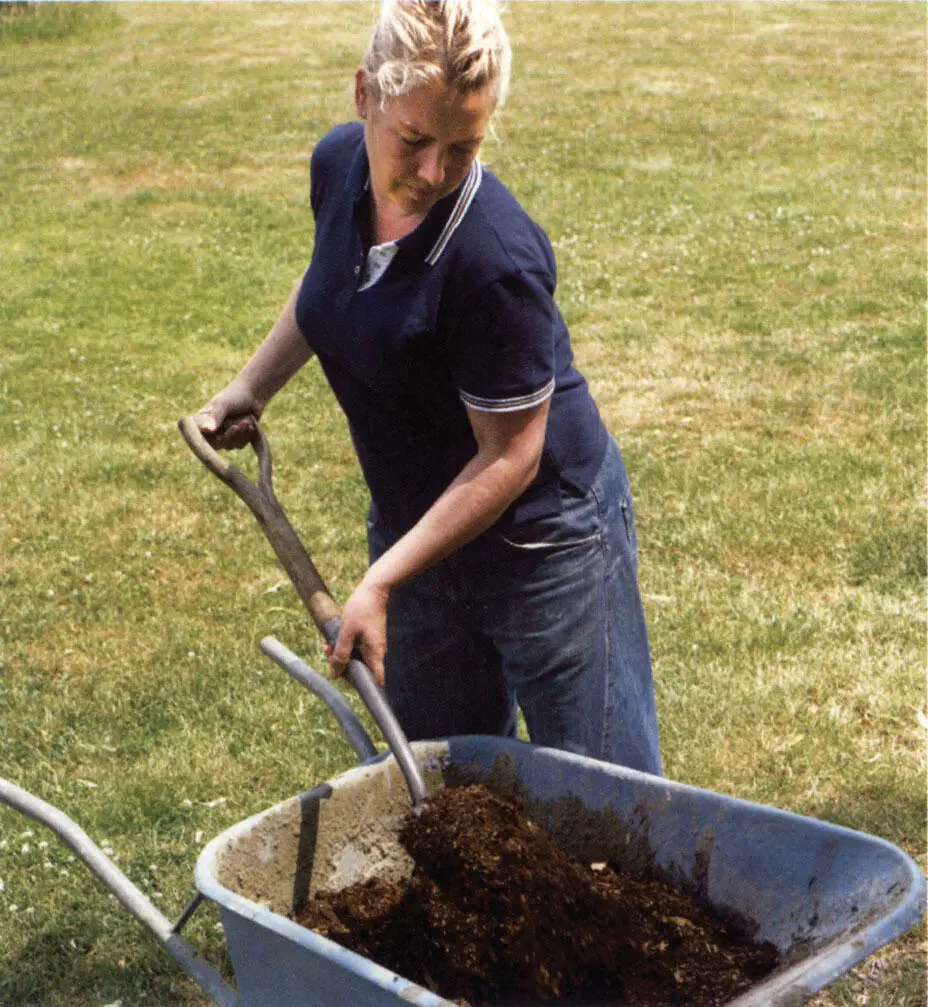
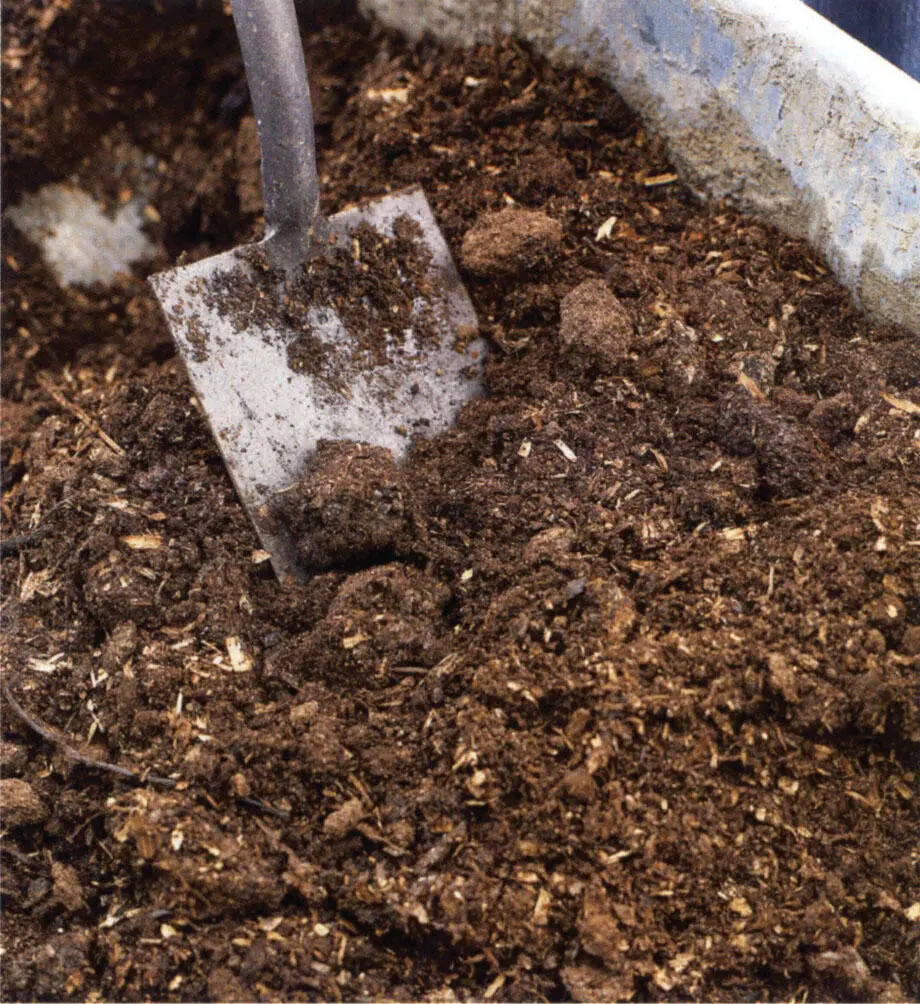
Incorporating organic matter into soil greatly benefits the whole garden, not just raised vegetable beds.
Basic botany
Plants play the most important role in the cycle of life on our planet. Without plants, there would be no human or animal life on Earth. It is believed that millions of years ago, algae that grew in the planet’s seas somehow triggered the evolution of land living plants. These then in turn provided food for land-living animals as they evolved.
The oxygen we breathe also comes from plants as a byproduct of photosynthesis, which is the way a plant makes food for itself, and as part of this process plants also produce oxygen.
Leaves are the main food-making part of most plants. Chlorophyll is the green part of the leaves and captures energy from the sun. Using carbon dioxide and water, the leaves produce food in the form of sugars and starches, which provide the plant with energy to grow. Plants take in the carbon dioxide through tiny holes in their leaves, just like the pores in our skin, and oxygen is released as a by-product of photosynthesis through these tiny holes.
The plants also take in the water they need through their roots and lose water again through the tiny holes in their leaves. This process of taking in water and releasing it again is called transpiration.
For millions of years, the plants that existed on our planet were very simple in form and did not even produce what we think of as seeds. These early plants included tree ferns, horsetails, mosses and some conifers. They produced spores to reproduce, rather than flowers and seeds. Indeed, we still refer to them today as ‘non-flowering plants’.
Evolution eventually produced flowering plants that could spread themselves over greater distances by the dispersal of seeds. Through evolution, plants adapted to individual conditions, and it is estimated there are now over 260,000 species of plants identified.
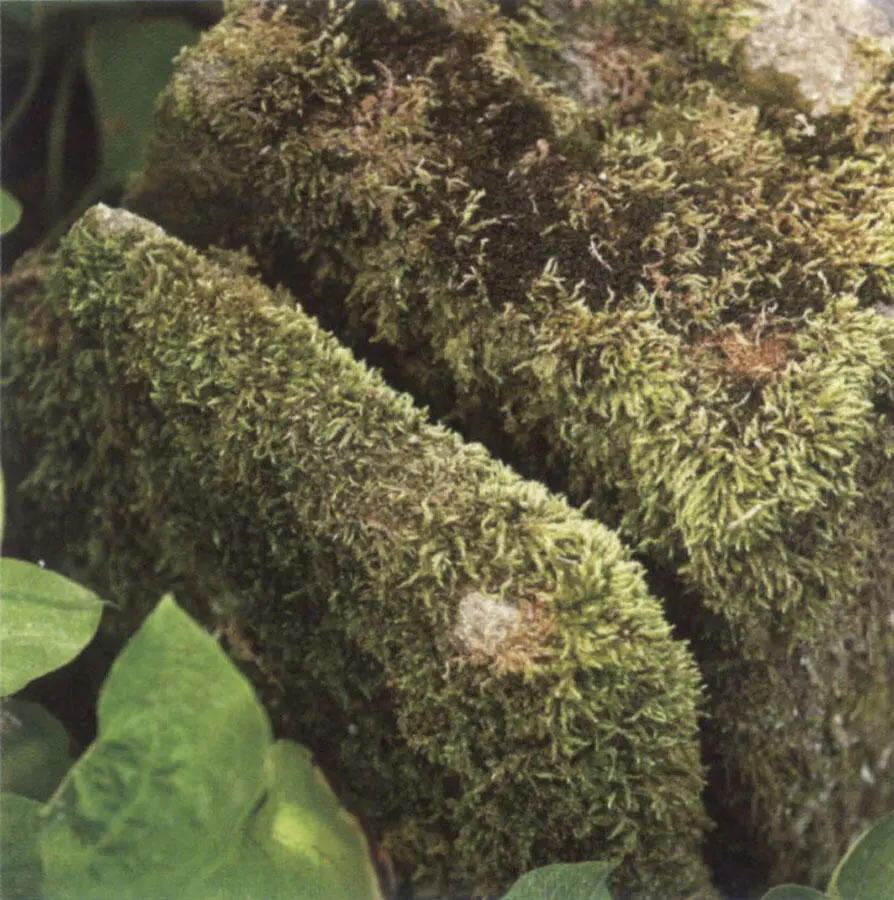
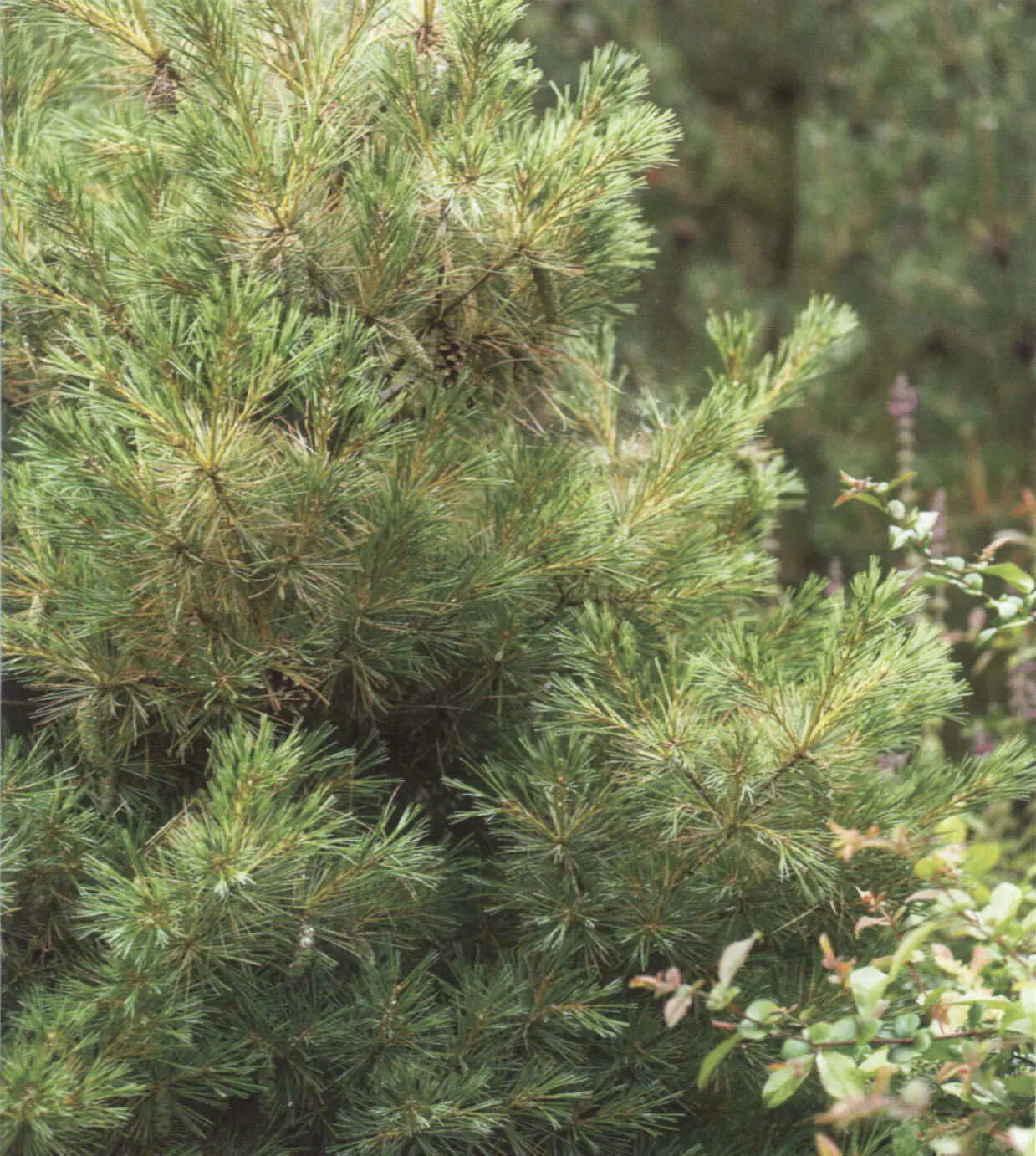
Mosses and conifers were some of the earliest plants and so didn’t reproduce through flowers.

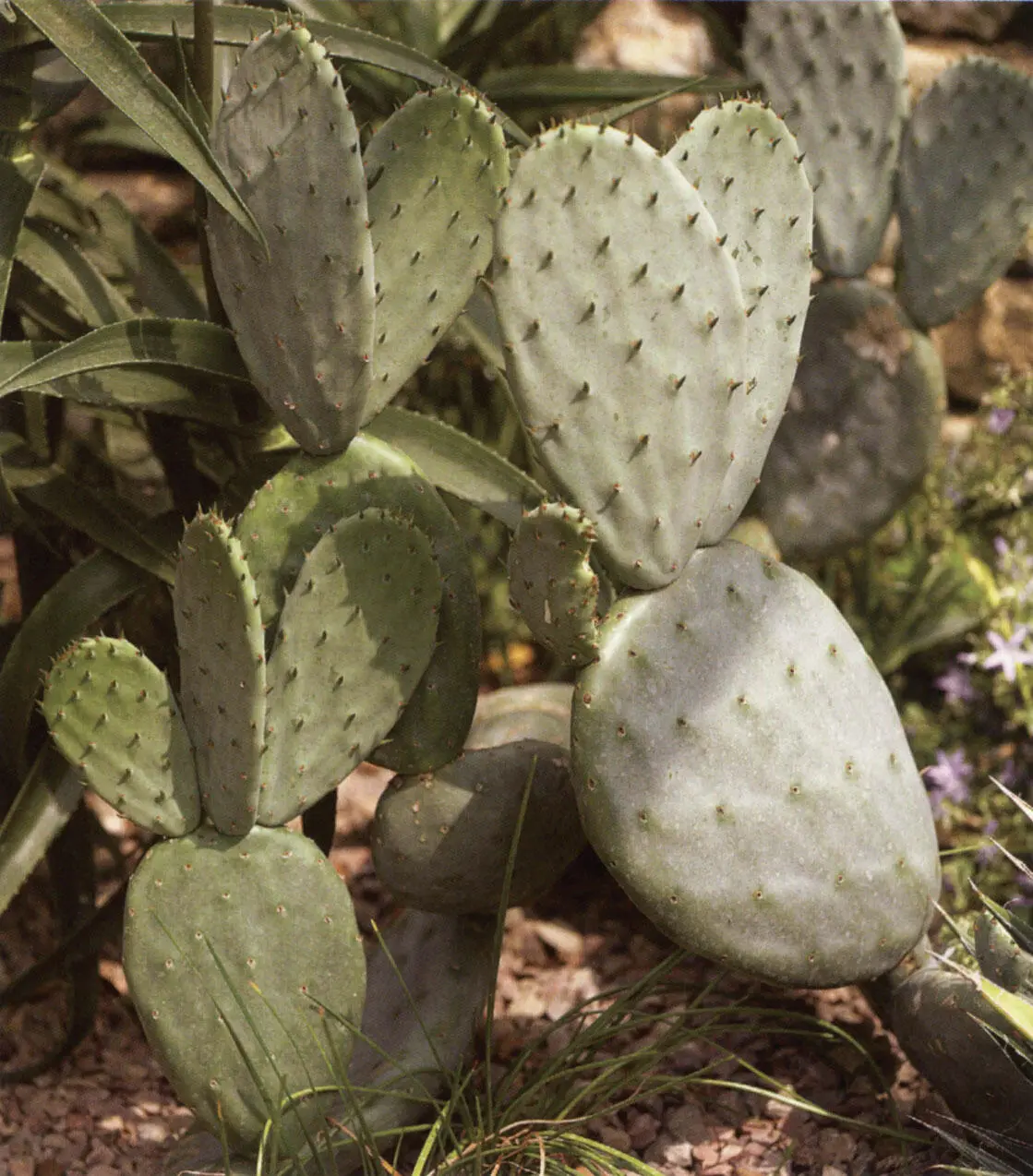
Evolution has created plants with specialist features such as hairs to protect the leaves from extremes of heat Some plants, such as cactus, have developed fleshy leaves to store water during periods of drought.
There is now an incredible variety within the plant kingdom, from plants such as tiny alpines to the world’s tallest living tree, a ‘coast redwood’ tree in California, which is over 112m (367ft) tall. The climate of different world regions also determines what types of plants can flourish there. Plants have adapted themselves gradually to enormous differences of climate and growing conditions throughout the world. It is not enough to just survive in some extreme conditions: plants need to flourish and propagate themselves too.
In regions of very low rainfall, plants like the cactus have developed water-storing tissue in their leaves and stems. Mediterranean plants have adapted to their environment by developing hairy or furry and also narrow or silvery leaves to protect themselves from extreme heat and drying winds and also to reduce transpiration as much as possible. Garden plants such as rock rose ( Cistus ), rosemary ( Rosmarinus ), lavender (Lavandula) and sage (Salvia) all come from this region, so they are perfect plants for a hot, exposed area in the garden. For shady, damp conditions, look for large, dark green leaves, such as hostas, which have adapted to maximize the amount of light that is received.
Pollination and seed production
Although plants have developed many ingenious ways of reproducing themselves, the most common is through cross pollination. This is where pollen from one plant is transferred to another to fertilize it. Most plants have flowers with the male and female parts present in each flower. However, they still need to be cross-pollinated with another flower. Many plants rely on insects, such as bees or butterflies, to transfer the pollen from one flower to another. Pollen is a useful source of protein for some insects, such as bees.
Insects are attracted to the flower by scent, colour and nectar. They are not deliberately pollinating flowers, but they are usually feeding on sugary liquid nectar produced by the flowers when the pollen is rubbed off the body of the insect. They carry pollen from flower to flower, while collecting nectar and pollen for themselves. After pollination, the plant produces a seed, which mostly grows protected inside the plant.
It’s not always insects that pollinate the flowers. Plants may use the wind, birds or even bats as pollinators. With wind-pollinated plants – such as grasses, cereals and some trees – the flowers are very simple, with no bright colours or pleasant scent as they don’t need to attract the insects. These plants have both male and female reproductive parts and they make a lot of pollen.
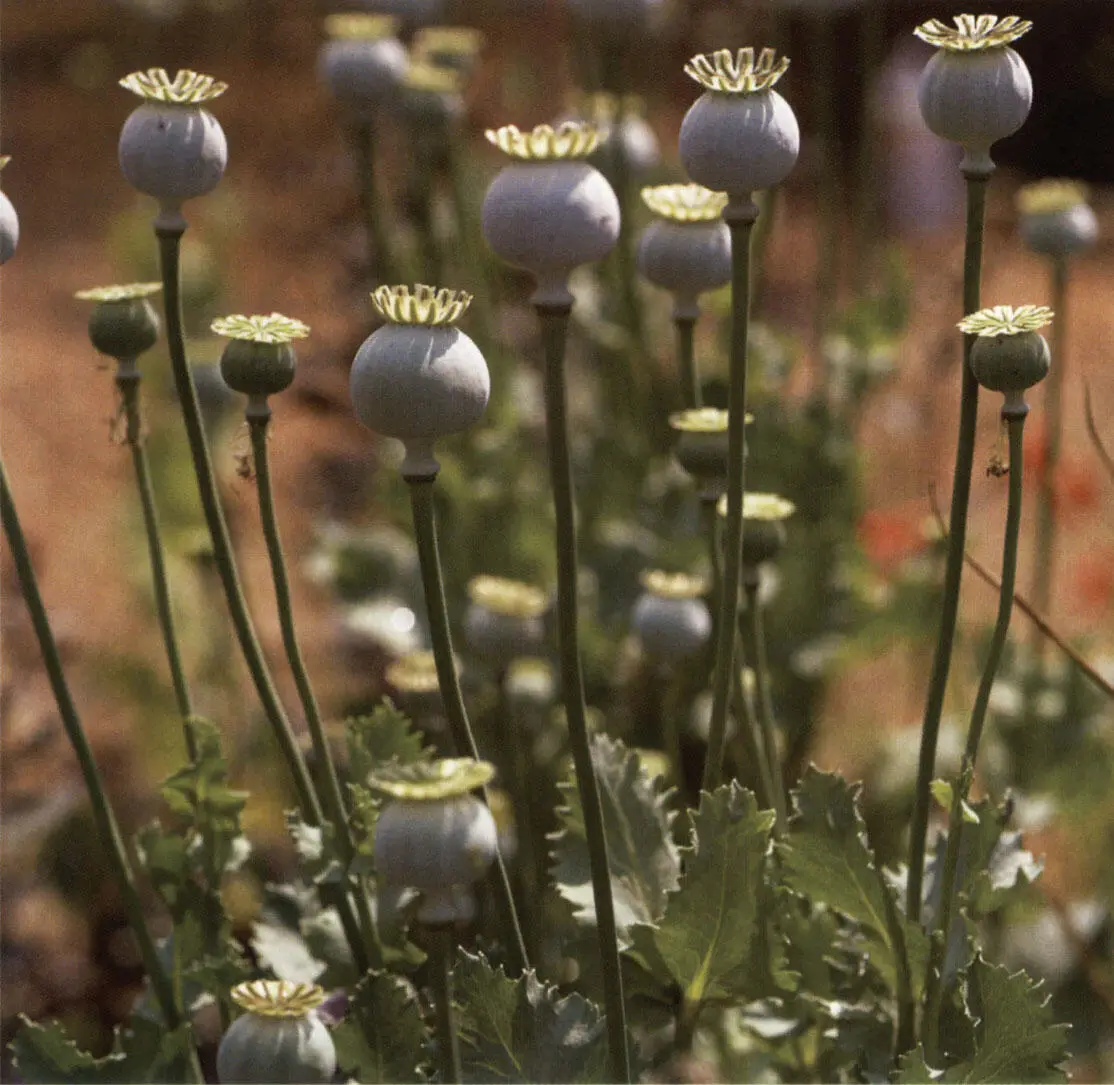
The opium poppy, Papaver somniferum produces seeds that result in many self-sown seedlings.
Low-allergen plants
Alchemilla mollis (lady’s mantle)
Amelanchier lamarckii (snowy mespilus)
Anemone × hybrida ‘Honorine Jobert’ (Japanese anemone)
Cistus × hybridus
Cotinus coggygria (smoke bush)
Forsythia × intermedia
Hydrangea anomola subsp. petiolaris (climbing hydrangea)
Prunus × subhirtella (Higan cherry)
Читать дальше
